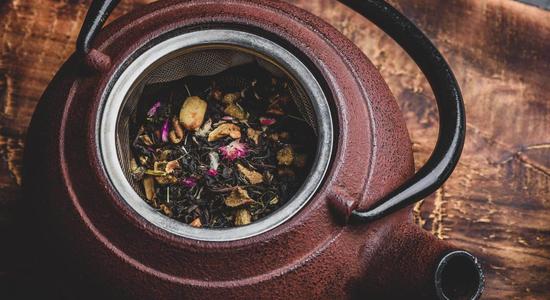See all "Garlic" Section Topics

Garlic contains many different vitamins and minerals that can help the body function at its best. If you consume garlic on a regular basis, it logically follows that you will be providing your body with some of these beneficial vitamins and minerals.
Nutrients Found Naturally in Garlic
The following vitamins and minerals are all found naturally in garlic. Each vitamin and mineral is important for the body, and will be discussed. Here is a list of the nutrients found in garlic:
- calcium
- copper
- germanium
- iron
- magnesium
- manganese
- phosphorus
- potassium
- selenium
- sulfur
- zinc
- vitamins A, B1, B2, and C
Calcium
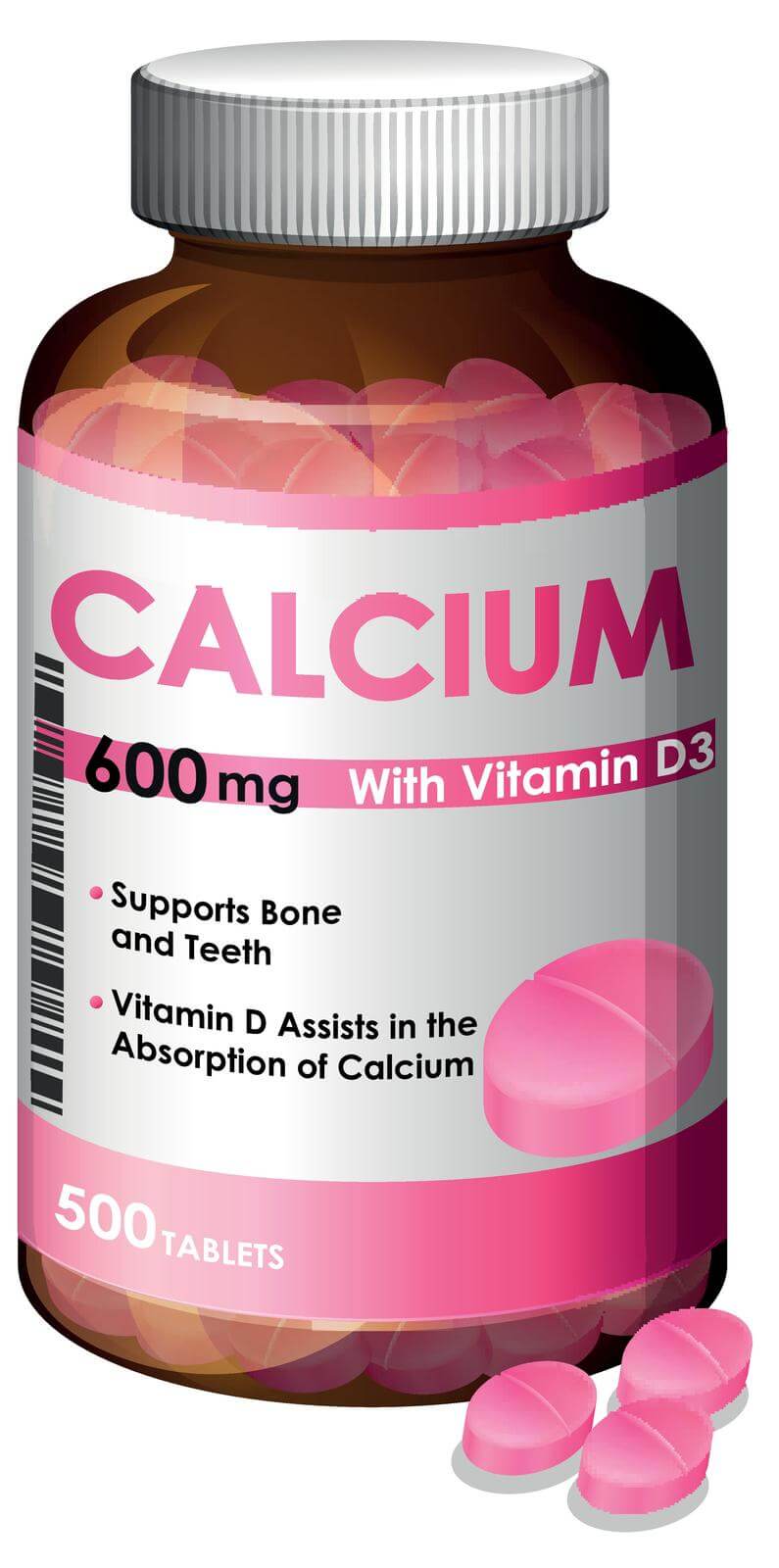
Calcium is an important part of the human body; calcium is the most abundant mineral in the body, and the fifth most plentiful substance in the body. There is approximately 2 to 3 pounds of calcium present in the average adult human; most of this calcium is located in the bones and the teeth. Many individuals will undoubtedly know that proper calcium intake is essential for the health of the body’s bones; however, calcium is required for many other physiological processes.
Calcium in the blood is utilized by the body for blood clotting, enzyme activation, regulating blood pressure, muscle contractions, membrane permeability, and is required for sending nerve signals. Consequently, calcium is a vital chemical required by the body to maintain physiological activity.
Calcium is absorbed through the small intestine and requires the presence of vitamin D to be adequately absorbed by the small intestine. Vitamin D is produced in the body when the body receives contact with sunlight.
Copper
Copper is utilized by the body to synthesize collagen and elastin in the skin. Copper is also necessary for the utilization of iron in the synthesis of hemoglobin. Copper is used to help the body metabolize vitamin C, and copper is used in the development of myelin (the covering of the nerves). In addition to these functions, copper is utilized by the body for other mechanisms as well.
Although the body needs copper to function properly, having too much copper can cause unwanted, adverse effects to the body. Make sure you discuss taking excess copper with a licensed doctor before you take copper in amounts that significantly exceed the recommended daily value set by the Food and Drug Administration (FDA).
There are many foods that are good sources of copper: sunflower seeds, beer, chocolate, wheat bran, liver, blackstrap molasses, nuts, cocoa, oysters, lobster, green olives, and black pepper. By including these comestibles in your diet, you can help provide your body with the essential daily doses of copper it requires.
Germanium
Germanium is the 54th most plentiful element in the earth’s crust. Germanium is present in small quantities in the ores of zinc, copper, silver, and in the mineral known as germanite. Germanium has unique electronic uses, and was the first metal employed in the transistor. Today, germanium oxide is used in the treatment of pernicious anemia.
Germanium is a good mineral to supply the body with to support its fight against a yeast infection, as this element is utilized by the human immune system. Germanium is specifically utilized in the synthesis of killer cells and T-suppressor cells. Germanium is also used by the body for electron transmission, expulsion of pathogens and pollutants, and helps to provide oxygen to organs.
Iron
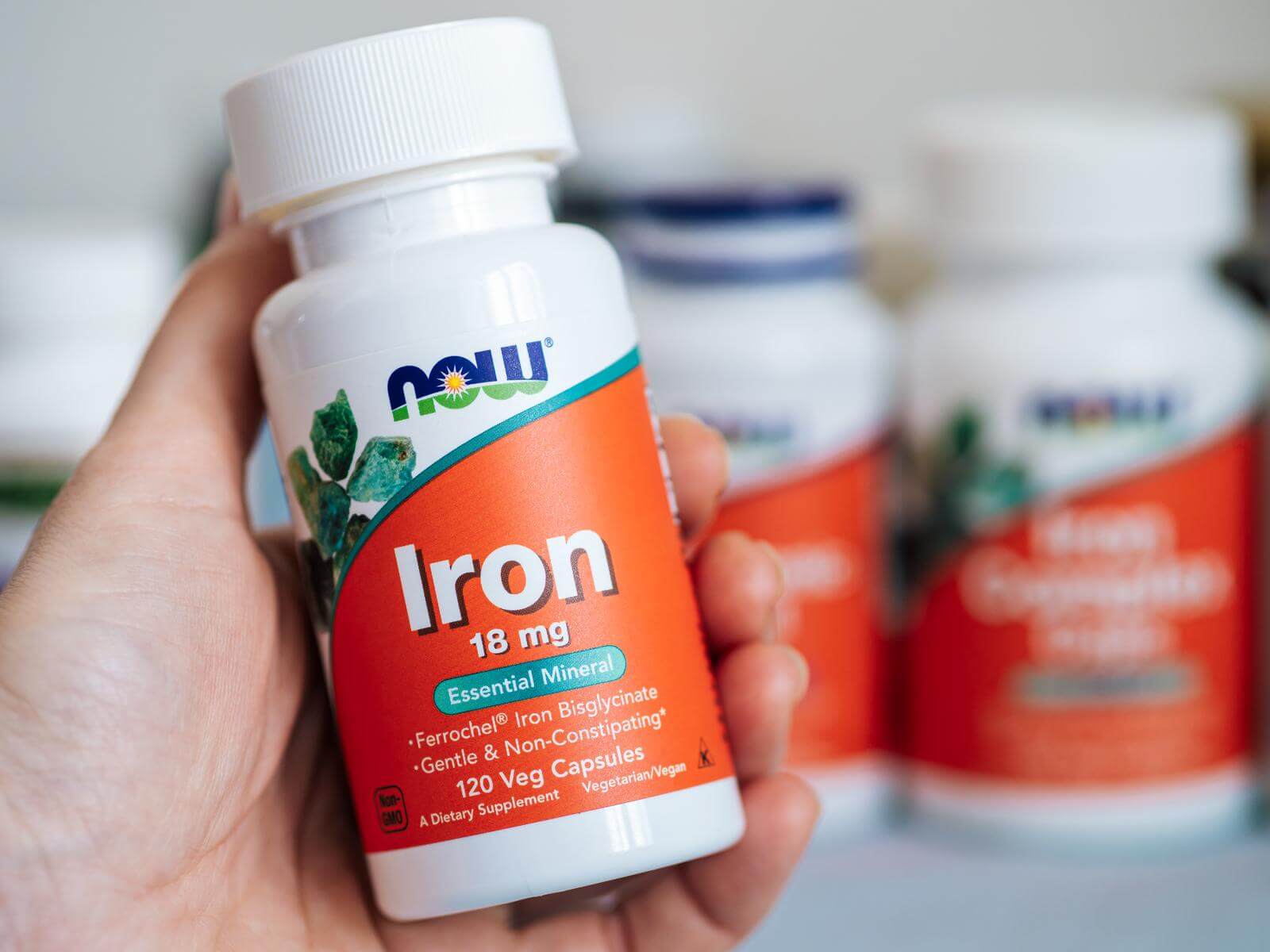
Having enough iron in your diet is important to keep you feeling full of energy; and, also to keep your body’s immune system functioning at its best. One of iron’s most vital functions in the body is to help hemoglobin carry oxygen to the red blood cells. The red blood cells then transfer this oxygen to tissues throughout the body. Your muscles take oxygen from the blood to produce energy; consequently, you need iron to help invigorate your muscles with oxygen.
Not getting enough iron will not cause any functional impairment at first. If time progresses, and there remains a lack of iron intake in the diet, eventually there will be a reduction in the amount of erythrocytes (red blood cells) and hemoglobin. Red blood cells will also become smaller than they normally would be if an iron deficiency is not corrected. Iron-deficiency anemia can result in individuals who have a deficiency in iron.
Some experts hypothesize that a build up of iron in the body can eventually damage your heart. This theory has yet to be totally confirmed by hard evidence, but there are some findings that seem to legitimize the claim that excess iron can damage the heart.
Consuming comestibles rich in iron is an excellent way to provide your body with the iron it needs. Some foods to include in your diet that contain iron include: fortified breakfast cereal, braised beef liver, pumpkin seeds, bran cereal, lean sirloin, kidney beans, and lima beans.
Magnesium
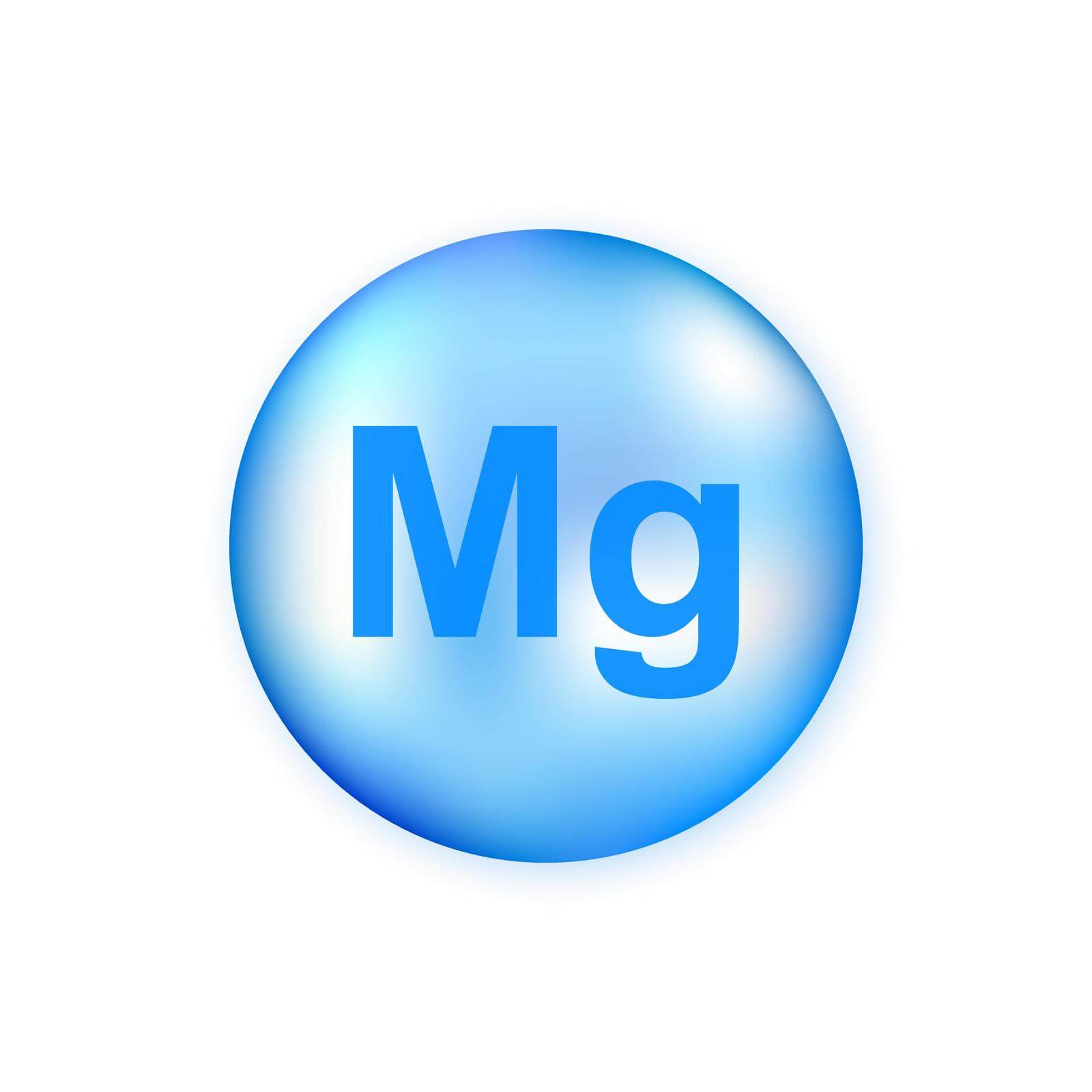
The body requires magnesium to perform over three hundred physiological functions. Magnesium is a required element for keeping our body’s nerves and muscles functioning properly, keeping our blood pressure at proper levels, keeping our heart beat steady, and supporting our immune system. Individuals suffering from yeast infections can therefore be aided by having a proper amount of magnesium in the body, as the immune system is supported by magnesium.
Why is magnesium so vital to so many important functions in the body? One thing to consider when answering this question, is the fact that magnesium is involved with more than 350 metabolic enzymes in the human body. Consequently, magnesium is a quintessential co-factor in many crucial physiological processes.
Getting magnesium, through eating foods rich in this mineral, is an excellent way to ensure your body is getting enough of this vital element. Green vegetables have significant amounts of magnesium because chlorophyll contains magnesium. In addition to green vegetables, unrefined grains, tofu, seeds, beans, and nuts are also foods that contain good amounts of magnesium. Make sure you analyze your diet to see if it is lacking any of the aforementioned foods.
Manganese
Manganese is an important mineral that is a critical component of enzymes, and is an antioxidant that is particularly good at defending brain cells. Manganese also allows the human body to coordinate muscle movement; consequently, walking, running, and other routine activities that require our muscles would not be possible without this element. Additionally, manganese is utilized by the body to process and derive energy from carbohydrates.
Getting enough manganese via your diet, is an excellent way to provide your body with this important mineral. Some foods that contain good amounts of manganese include beans, avocados, bananas, grapefruit, peanuts, wheat, oats, pecans, buckwheat, sunflower seeds, and fish.
Phosphorus
Many people attribute healthy, strong bones to calcium only; and forget about another critical mineral necessary for bone strength: phosphorus. Approximately 85% of the body’s calcium is located in the adult skeleton. Phosphorus is therefore an important component of teeth and bones.
According to Dr. Machelle Seibel, professor of obstetrics and gynecology at University of Massachusetts Medical School and medical director of Inverness Medical, Inc., calcium and phosphorus can be compared to bricks and mortar. If you really want to have a strong bone structure, you will need to take phosphorus as well as calcium.
Phosphorus is found in nearly all foods, and dietary deficiency is practically nonexistent. Individuals who consume large amounts of antacids containing aluminum hydroxide, may experience phosphorus deficiency; as aluminum can interfere with phosphorus absorption.
Potassium
Potassium is found inside the body’s cells, and sodium is found outside the body’s cells. These two chemicals are involved in the maintenance of fluid balance in the body. If an individual ingests too much sodium and not enough potassium, the imbalance can lead to an increased risk for hypertension. Hypertension (high blood pressure) can lead to a stroke or heart attack. Therefore, it is important to provide the body with enough potassium so that it can properly control the body’s blood pressure.
One study showed that taking a daily dose of potassium can effectively lower both systolic and diastolic blood pressure; making potassium an effective treatment for hypertension.
Eating foods that contain potassium naturally, is an excellent way to ensure you get enough potassium from your diet. Some foods that contain potassium include acorn squash, spinach, tomato sauce, lentils, cantaloupe, kidney beans, potatoes, halibut, raisins, bananas, bran breakfast cereal, milk, and oranges.
Selenium
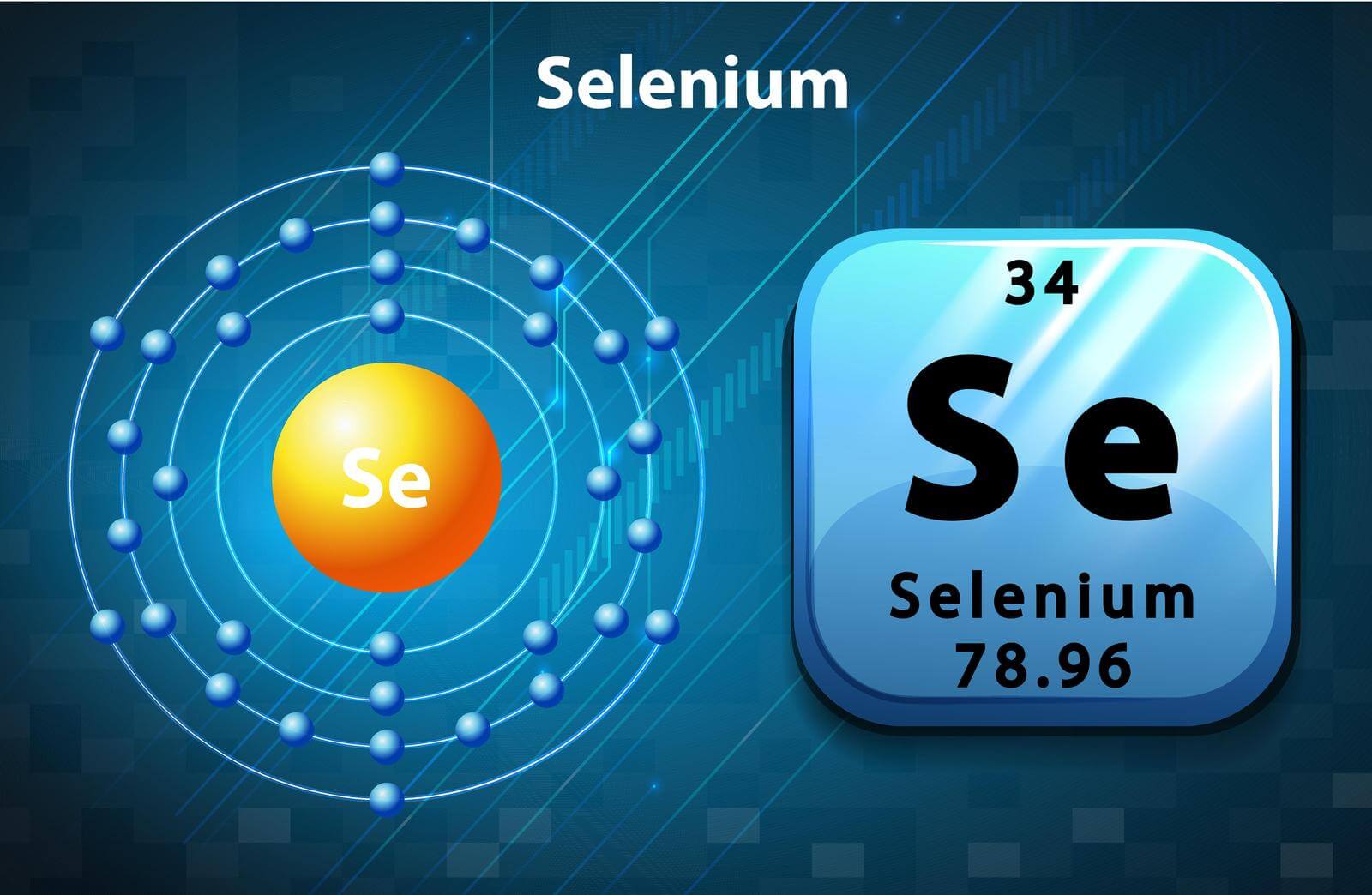
Selenium is a mineral that is requisite for proper immune function, may lower the risk of developing certain cancers, and helps to remove free radicals (selenium works quite well with vitamin E to remove free radicals) from the body. Because selenium is essential for proper immune system function, it is a great nutritional supplement to take for helping the body mitigate and eliminate yeast infections. If you are unsure about including a selenium dietary supplement in your diet, consult a licensed physician and get their professional opinion.
Tanya Edwards, M.D., a medical director for the Center for Integrative Medicine at the Cleveland Clinic in Ohio, considers selenium to be lacking from certain foods as a result of modern farming practices. These farming practices deplete the soil of its natural selenium content. If Edwards is right, it may be beneficial for many individuals to include a selenium dietary supplement in their diet—to compensate for the lack of selenium in their foods.
Selenium is found naturally in nuts (especially Brazil nuts), seafood, meat (especially kidney and liver meat), eggs, oats, wheat germ, whole-wheat bread, and brown rice. Remember, vitamin C can interfere with the body’s ability to absorb selenium, so make sure you take your selenium and vitamin C supplements at different times during the day.
Sulfur
Garlic contains various sulfur chemical compounds that some researchers believe may help reduce cholesterol, help augment the human body’s immune system, lower the risk of heart disease, and even defend against colon and stomach cancer.
Zinc
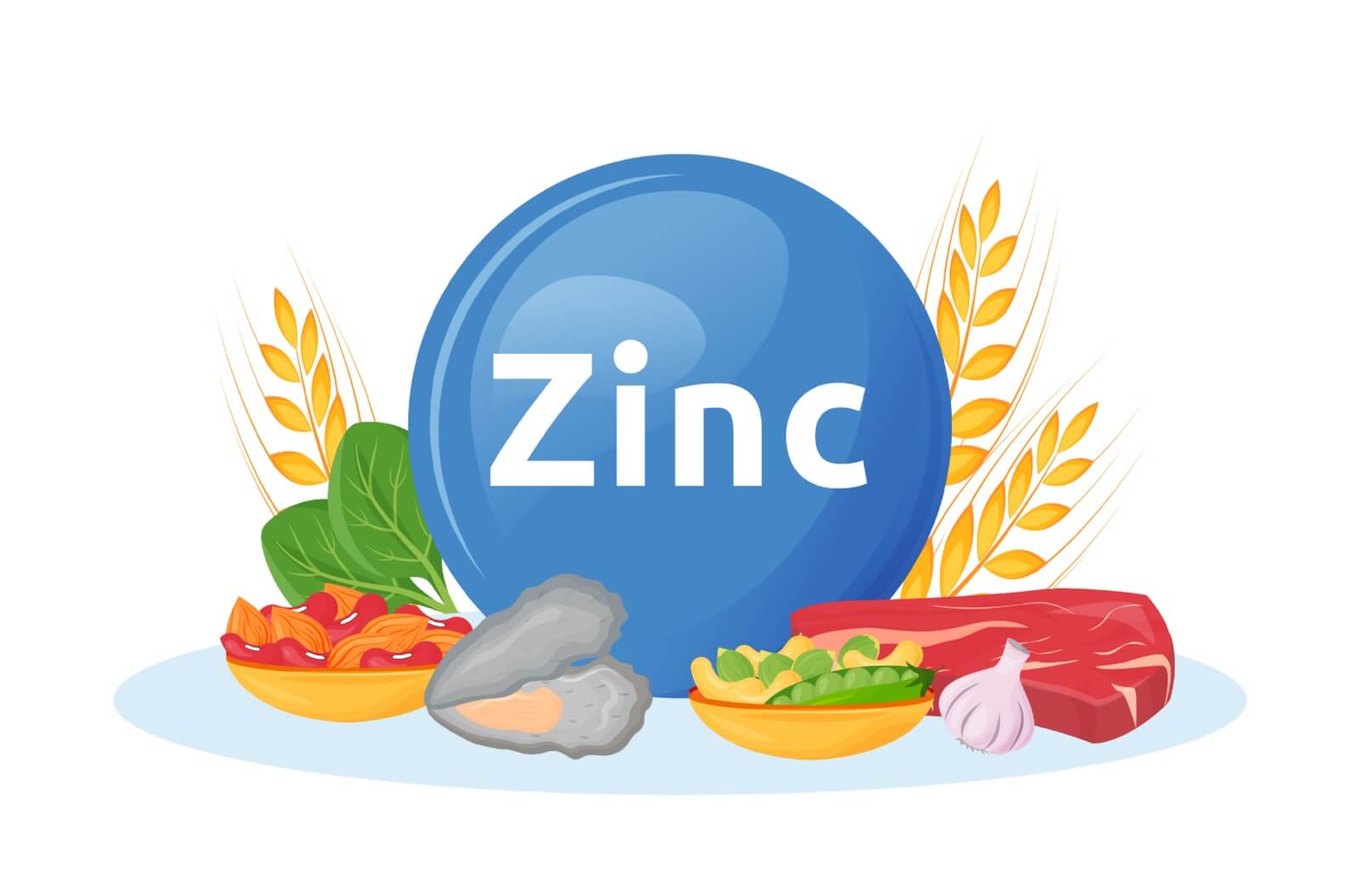
Zinc is an important mineral that is present in nearly every cell. Zinc has a plethora of functions in the human body. Zinc stimulates approximately 100 enzymes; additionally, zinc is utilized in taste, brain function, smell acuity, DNA synthesis, and in immune system function. Zinc is also important for keeping the right amount of vitamin E in the blood. Vitamin E is important for blood clotting and healing. Because zinc can help support the body’s immune system, it is important to take enough of this mineral while you are experiencing a painful yeast infection.
Henry Lukaski, Ph.D., an assistant director of the USDA’s Grand Forks Human Nutrition Research Center in North Dakota, discovered that low zinc intake seems to affect the endurance of physically fit people. This may be due to the fact that zinc assists the body in the elimination of carbon dioxide and lactic acid; both of which can build up while exercising.
To ensure you get enough zinc in your body, it may be prudent to make comestibles that contain zinc a regular part of your diet. Foods that contain zinc include nuts, pork, beans, whole grains, fortified breakfast cereals, red meat, poultry, and dairy products.
Vitamins A, B1, B2, and C

Vitamin A may be beneficial to have in your diet if you are suffering from a yeast infection. Garlic naturally contains some vitamin A. Remember, vitamin A is a fat-soluble vitamin and can build up in the human body until toxic levels are reached. Toxic levels of vitamin A can cause undesirable health maladies; and therefore, care should be taken when choosing to take any vitamin A dietary supplement. If you are unsure how much vitamin A your body should be receiving, make sure you consult a licensed doctor for guidance before you start ingesting vitamin A.
Vitamin B1, also known as thiamine, is an important vitamin and a member of the B-complex vitamins. If the body does not take in adequate quantities of thiamine, the disease known as beriberi can result. Beriberi is a health malady that is common in infants between the ages of two and three months old. To ensure you are getting enough vitamin B1, make sure you include foods that are rich in B1 in your diet. Such foods include: liver, dried beans, peas, pork, peanuts, whole grains, soybeans, egg yolks, poultry, and fish.
Vitamin B2, also known as riboflavin, is another vitamin that is vital for various processes in the human body, and is a member of the B-complex vitamins. Riboflavin is converted by the body into two important enzymes which are necessary for normal tissue respiration and the metabolism of lipids. Riboflavin is also necessary for the activation of vitamin B6 and the conversion of tryptophan into niacin.
Garlic contains vitamin C naturally; vitamin C is an important vitamin to have enough of if you are suffering from a yeast infection. Vitamin C helps support the immune system’s function by keeping white blood cells operating at their full potential. Vitamin C also helps to reduce the pH of the vagina, making the vagina more acidic. A vaginal canal that is appropriately acidic is less conducive to the development of yeast fungi; consequently, vitamin C can help combat a yeast infection.
Author: Mr. Nicholas Gross

Nick Gross is a natural medicine enthusiast who has been researching and writing about natural medicine since 2008. Nick is primarily a web developer but also researches and authors written and video content about natural health. Nick has a bachelor’s degree in Management Information Systems from the University of Northern Iowa.
Disclaimer
The information on this website is not a prescription for anyone. This information is for informational or educational purposes only, and is not a substitute for professional medical advice or consultations with healthcare professionals.
Affiliate Disclosure
Some of the links provided on this website are affiliate links. When a purchase is made through these links, Candida Hub earns money from commission. This helps to keep the website up and helpful to people for free. Thank you for any support!
Stay Up to Date
If you enjoyed this article, consider following / liking our Facebook page. This page is primarily utilized to alert followers of new articles that are put on Candida Hub. Candida related news is also discussed. While you are there, you can see what has been more recently added to Candida Hub.
A 1/2 Day & Yeast is Gone!
Linda Allen suffered from yeast infections for years. Through researching natural medicine & Candida, she found an efficacious solution!
Linda is one expert you want on your side! Let her show you how to get rid of a superficial yeast infection in just 12 hours; AND, keep it gone!
A 60-day, 100% money back guarantee is provided.
Visit Official Site!Clair Goodall: Author & Nature Lover
Clair Goodall is a bee-obsessed natural medicine convert from Minnesota. She is one expert you might want to know more about!
Clair will help you protect you and your family from toxic products and chemicals and help you discover solutions from nature.
Also, Clair’s book is backed by a 60-day, 100% money back guarantee
Visit Official Site!Sources:
Copper Sources:
- Wu, C.. Copper deficiency impairs immune cells. Science News, 8/12/95, Vol. 148 Issue 7, p102, 1/3p
- Probing Dietary Copper’s Healthy Limits. Agricultural Research, Jan2006, Vol. 54 Issue 1, p23-23
- Google Books — Navarra, Tova and Lipkowitz, Myron. Encyclopedia of Vitamins, Minerals and Supplements. 1996 (p.57)
- Dermatology Times. November 1, 2006. page 108
Germanium Sources:
- Rangarajan, S.. The Multifacets of Germanium. Chemical Business, Dec2010, Vol. 24 Issue 12, p31-31
- Funk & Wagnalls New World Encyclopedia. 2009
Iron Sources:
- Jaret, Peter. Do You Really Need Extra Iron?. Health (Time Inc. Health), Jun2000, Vol. 14 Issue 5, p76
- Iverem, Esther. Getting Enough Iron? Heart & Soul, May2001, Vol. 8 Issue 4, p93
- Google Books — Navarra, Tova and Lipkowitz, Myron. Encyclopedia of Vitamins, Minerals and Supplements. 1996 (p.57)
Magnesium Sources:
- Heffel, Rianne. mighty magnesium. Better Nutrition, Sep2006, Vol. 68 Issue 9, p20-20
- Dean, Carolyn. the MAGNESIUM MIRACLE. Total Health, Mar/Apr2007, Vol. 29 Issue 1, p32-33
Manganese Sources:
- Scheer, James F. Multi-Minerals Multi-Benefits. Better Nutrition, Nov98, Vol. 60 Issue 11, p52
Phosphorus Sources:
- Howe, D.K.. WHAT ABOUT PHOSPHORUS? American Fitness, Nov/Dec2003, Vol. 21 Issue 6, p9-9
- Google Books — Navarra, Tova and Lipkowitz, Myron. Encyclopedia of Vitamins, Minerals and Supplements. 1996 (p.153)
Potassium Sources:
- Pay attention to potassium. Harvard Heart Letter, Nov2003, Vol. 14 Issue 3, p5-5
- SODIUM AND POTASSIUM. Nutrition & Weight Control for Longevity; Jan2006, p26-29
Selenium Sources
- Krucoff, Carol and Dain, Bonnie. The six best supplements you’ve never heard of. Natural Health, Nov2005, Vol. 35 Issue 10, p78-100
- Navarra, Tova and Lipkowitz, Myron. Encyclopedia of Vitamins, Minerals and Supplements. 1996 (p.174)
Sulfur Sources:
- Kirby, Jane. A Breath of Fresh Garlic. Real Simple, Nov2001, Vol. 2 Issue 9, p75-77
Zinc Sources:
- Farrar, Maureen Meyers. zinc. Better Nutrition, Mar2006, Vol. 68 Issue 3, p12-12
- S. S. . Get in Zinc. Natural Health, Feb2007, Vol. 37 Issue 2, p20-20
Calcium Sources:
- Calcium, Vitamin D, and Your Health. Nutrition & Weight Control for Longevity. Date: January 1, 2007
- Google Books — Navarra, Tova and Lipkowitz, Myron. Encyclopedia of Vitamins, Minerals and Supplements. 1996
Vitamins A, B1, B2, and C Sources:
- Google Books — Navarra, Tova and Lipkowitz, Myron. Encyclopedia of Vitamins, Minerals and Supplements. 1996 (p.182 & p.167)




